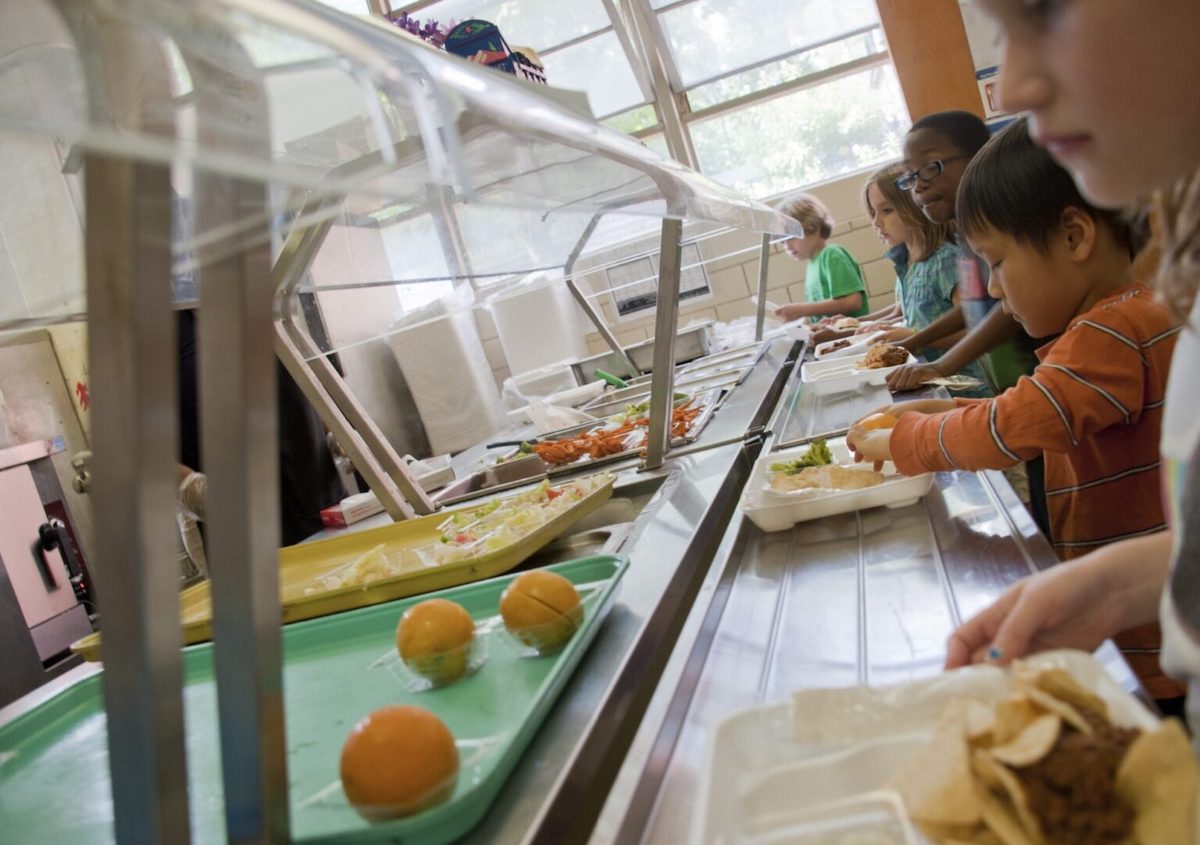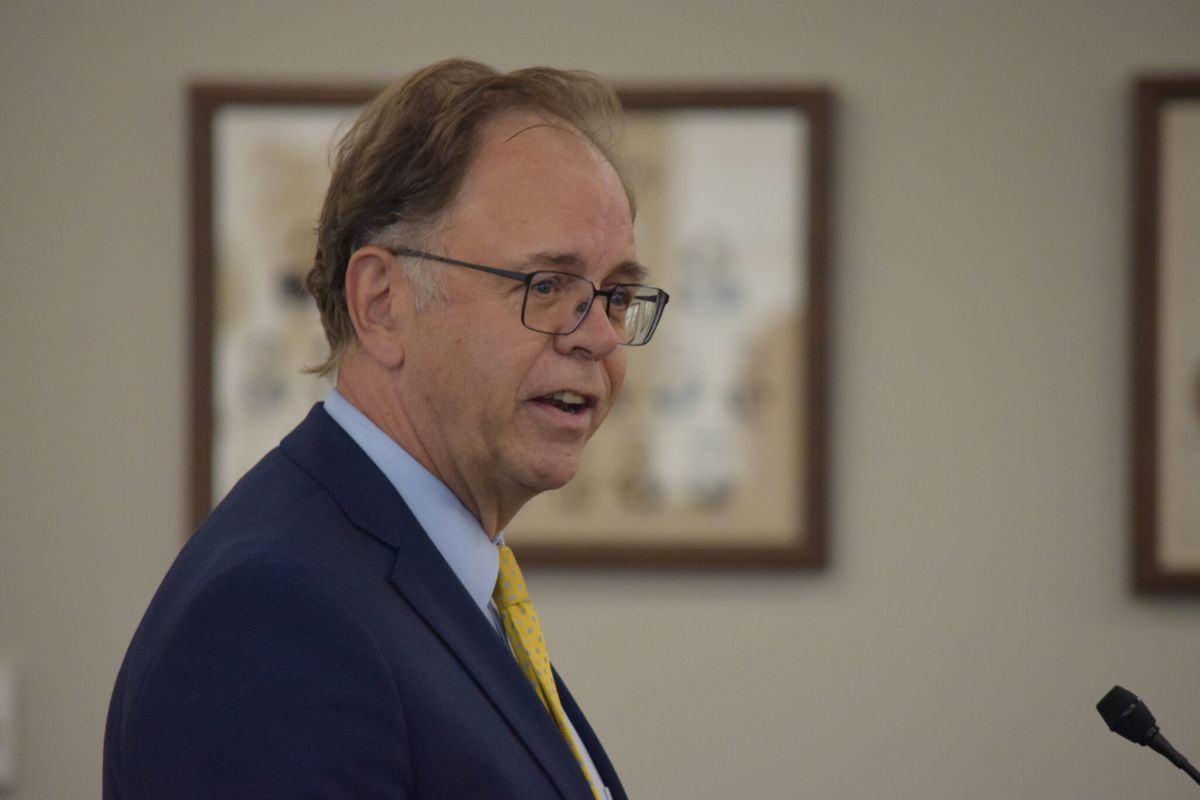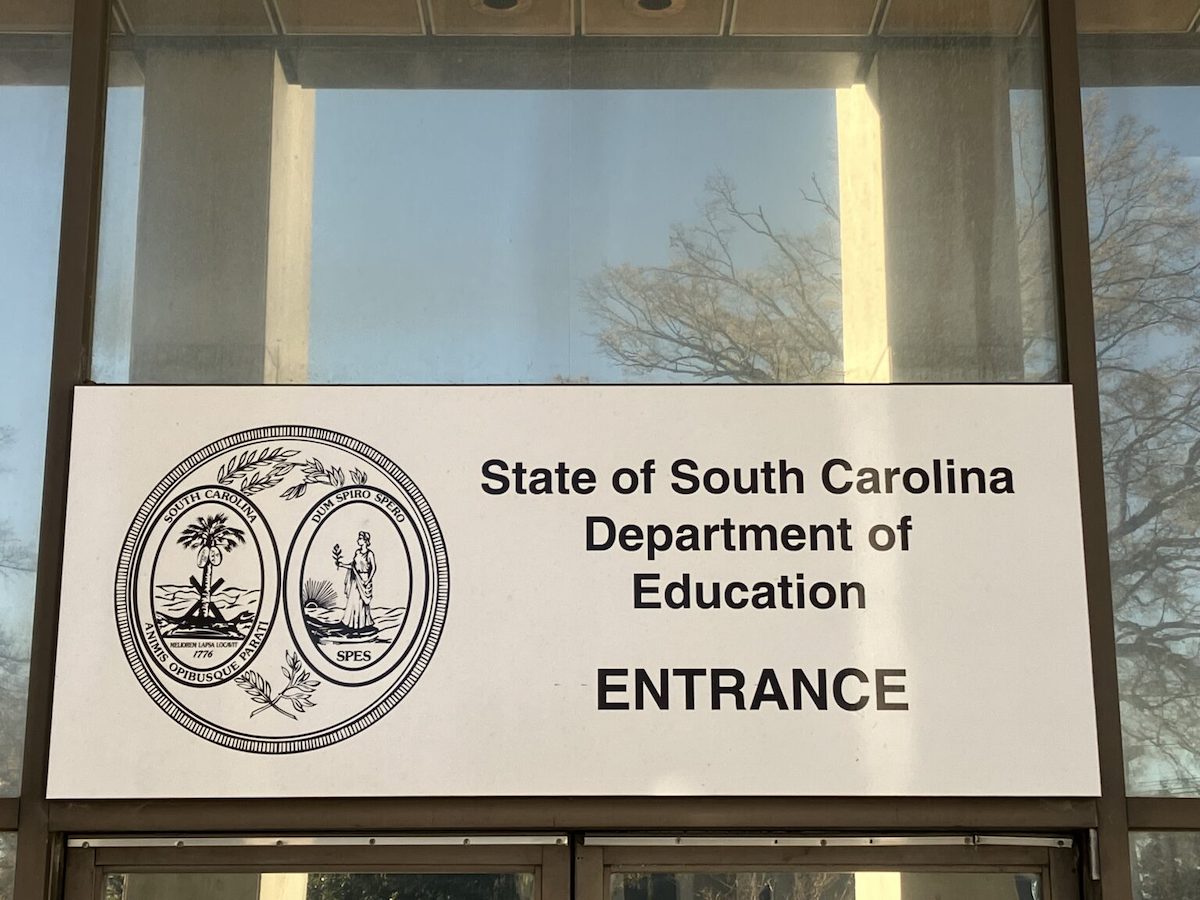Sponsor says it could be first step toward free breakfasts, lunches for all K-12 students
By Skylar Laird
SCDailyGazette.com
COLUMBIA — Poor South Carolina students who eat meals at school for a much-reduced cost would no longer pay anything under a Senate budget proposal.
Students who aren’t considered poor enough to eat for free pay 30 cents for breakfast and 40 cents for lunch. Nearly 10,000 students statewide qualify for that rate, while 622,000 can eat for free.
The budget clause advocated by Sen. Katrina Shealy would ensure no student would need to scrounge up nickels and dimes to eat.
That 70 cents per day for students who eat both meals at school — $3.50 a week for Monday through Friday — probably seems insignificant for most, but for the families who qualify for that rate, it can be a big deal, said Shealy, who sits on Senate Finance and is chairwoman of the Senate Family and Veterans’ Services Committee.
Her proposal, sent to the Senate floor last week as part of Senate Finance’s budget package, is expected to cost the state less than $1.5 million in a $13.2 billion spending package. The sum could actually be much less, depending on how many eligible students sign up. If participation remains the same, covering the gap may cost $530,000, Shealy said.
“We waste that much money on much less important things,” she told the SC Daily Gazette.
The Lexington Republican hopes it’s a step toward free meals for all K-12 public school students.
“The only thing I could get was a bite out of the apple,” she said. “Next year, we can work on getting free lunches for everyone.”
She pre-filed legislation in November 2022 that would do that by requiring the state to reimburse school districts any costs not covered by the federal government. The bill has never received a hearing.
Fellow Republicans, notably Education Chairman Greg Hembree, had sticker shock at the predicted cost.
Offering universal meals at K-12 schools may cost up to $192.4 million, according to a March 2023 estimate by the state’s fiscal experts. But actual costs for that could also be much lower. A guestimate cited at a joint House-Senate panel last August was $50 million to $60 million. Shealy thinks it would be closer to $40 million.
Whatever the true tally, Hembree said, that would pay for a lot of meals whose families don’t need the help.
“I don’t want to do welfare for families that don’t need it,” said the Little River Republican.
However, he said he can get on board with covering the reduced-price gap.
“This is such a small contribution, I don’t have a problem with that,” Hembree told the S.C. Daily Gazette.
A family’s income determines students’ eligibility for free and reduced-cost meals. For example, students in a family of three — whether a single mom with two children, or two parents with one child — can eat for free if their household income is less than $32,320. If their income is between that amount and $45,991, the children pay the reduced rate of 70 cents a day.
The vast majority of South Carolina’s K-12 public schools qualify for a federal program that covers meal costs for all students without parental paperwork. Eligibility increased last fall as the federal government lowered the threshold for qualifying. Still, not all eligible schools in the state participate.
That’s because the federal government’s reimbursements don’t cover the cost of feeding every student, Hembree said.
A clause inserted in the state budget last year — which will roll over — was designed to increase participation. It requires local school boards to either participate where eligible or pass a resolution explaining to the public why they’re not.
The clause also bars so-called lunch shaming. Schools can’t deny meals or serve alternative meals — such as a cold peanut butter and jelly sandwich in a paper bag — to students with a lunch debt. They also can’t make the student do chores or extra work in exchange for meals or deny participation in any school event or field trip.
So, even for students who accrue debt because they can’t pay, there’s little real impact, Hembree said.
“We’ve done what we can do” on preventing children from being shamed, he told senators.
But Shealy said she still worries about schools holding the money over students’ heads to keep them from joining extracurriculars or walking at graduation. Removing the cost completely would make that a non-issue for students receiving reduced-cost meals, she said.
She plans to try again next year.
Skylar Laird covers the South Carolina Legislature and criminal justice issues. Originally from Missouri, she previously worked for The Post and Courier’s Columbia bureau.
S.C. Daily Gazette is part of States Newsroom, the nation’s largest state-focused nonprofit news organization.











